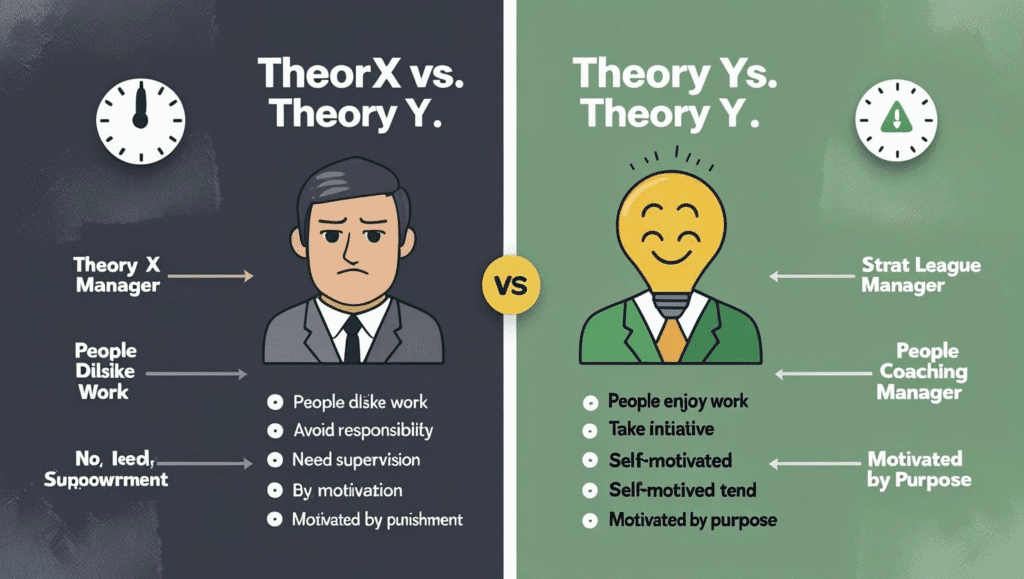Strategic Value Analysis (SVA): A Framework for Sustainable Competitive Advantage
In the hyper-competitive global market of 2025, simply managing costs or creating a good product is no longer enough. Businesses in Dhaka, London, or New York face relentless pressure to deliver superior value. Strategic Value Analysis (SVA) is a powerful management framework that moves beyond traditional accounting to help companies build a sustainable, defensible competitive advantage by dissecting exactly where and how value is created for the customer.
What is Strategic Value Analysis?
Strategic Value Analysis is an integrated approach that links a company’s strategic positioning with its cost management efforts. It involves a systematic examination of all the activities a business performs to understand two critical things: how each activity contributes to customer value, and what drives the cost of each activity. The ultimate goal is to make deliberate choices that strengthen the company’s competitive position, either by lowering costs or enhancing differentiation.
Key Distinction: Traditional cost accounting is internally focused—it asks, “How can we reduce our costs?” Strategic Value Analysis is externally and strategically focused—it asks, “How can we deliver superior value to our customers more profitably than our competitors?”
The Two Pillars of Strategic Value Analysis
SVA stands on two foundational concepts, famously pioneered by Harvard Business School professor Michael Porter. A business must master both to effectively implement SVA.
Pillar 1: Value Chain Analysis
The value chain is the set of all activities a company engages in to bring a product or service from conception to delivery. Analyzing this chain allows a business to see itself not as a collection of departments, but as a system of value-creating processes. These activities are broken into two types:
Primary Activities
These are the activities directly involved in the creation, sale, maintenance, and support of a product or service.
- Inbound Logistics
- Operations
- Outbound Logistics
- Marketing & Sales
- Service
Support Activities
These activities underpin the primary activities and form the firm’s infrastructure.
- Procurement
- Human Resource Management
- Technological Development
- Firm Infrastructure
By mapping costs and revenues to each of these activities, a company can pinpoint exactly where its strengths and weaknesses lie.
Pillar 2: Strategic Positioning & Cost/Value Driver Analysis
A company’s value chain activities must align with its overall strategy. SVA recognizes two primary strategic positions:
- Cost Leadership: The goal is to become the lowest-cost producer in the industry. SVA here focuses on identifying and controlling “cost drivers”—factors like scale, automation, or process design—to make every activity in the value chain as efficient as possible.
- Differentiation: The goal is to offer a unique product or service that commands a premium price. SVA here focuses on “value drivers”—activities like branding, R&D, and customer service—and deliberately investing in them to create superior value, even if it means incurring higher costs in those specific areas.
The SVA Process in Action: A Step-by-Step Guide
Implementing Strategic Value Analysis is a structured process that provides a roadmap for enhancing competitive advantage.
- Identify the Industry Value Chain & Assign Costs: Map out every activity from raw material sourcing to after-sales service. Assign all company costs and assets to each activity to understand the true cost of each step.
- Identify Cost & Value Drivers: For each activity, determine the factors that cause its cost to fluctuate (e.g., workforce skill, facility layout, technology used). Simultaneously, determine how each activity contributes to what your customer ultimately values (e.g., speed, quality, brand perception).
- Benchmark Against Competitors: Analyze the value chains of your key competitors. How do their costs and value propositions compare? This reveals their strategic advantages and your potential opportunities.
- Formulate a Strategy for Competitive Advantage: Armed with this analysis, make strategic choices. This could involve reconfiguring your value chain, outsourcing non-core activities, investing in technology to lower costs in one area, or boosting spending on another to enhance differentiation. The goal is to create a unique and defensible position in the market.
Conclusion: A Vital Framework for 2025 and Beyond
Strategic Value Analysis is more than an academic exercise; it is a vital tool for survival and growth in the modern economy. By moving beyond simple cost-cutting and focusing on the entire system of value creation, SVA allows a business to make informed, strategic decisions. It provides the clarity needed to allocate resources effectively, neutralize competitor advantages, and build a powerful, customer-centric value proposition that can endure in a fast-changing world.
Frequently Asked Questions
Absolutely not. While it originated with manufacturing examples, SVA is highly adaptable. A software company’s value chain includes coding (operations), server management (infrastructure), and tech support (service). A hospital’s value chain includes patient intake, diagnosis, treatment, and billing. The principles of analyzing activities, costs, and value apply to any organization, including service industries, tech startups, and even non-profits seeking to maximize their impact with limited resources.
SWOT (Strengths, Weaknesses, Opportunities, Threats) is a high-level strategic planning tool used to assess a company’s overall position. Strategic Value Analysis (SVA) is a much more granular and operational tool. A SWOT analysis might identify “High Production Costs” as a Weakness. SVA would be the tool you use to dissect the *entire* production process, activity by activity, to find out *exactly why* costs are high and how to address them in a way that aligns with your strategy.
The most challenging part is often the first step: accurately identifying and assigning costs to each activity in the value chain. Traditional accounting systems are typically organized by department (e.g., the Marketing Department’s budget), not by activity. It requires significant effort and cross-departmental collaboration to re-categorize costs according to the value chain, a process known as Activity-Based Costing (ABC). This initial data-gathering phase can be complex but is essential for the analysis to be meaningful.


